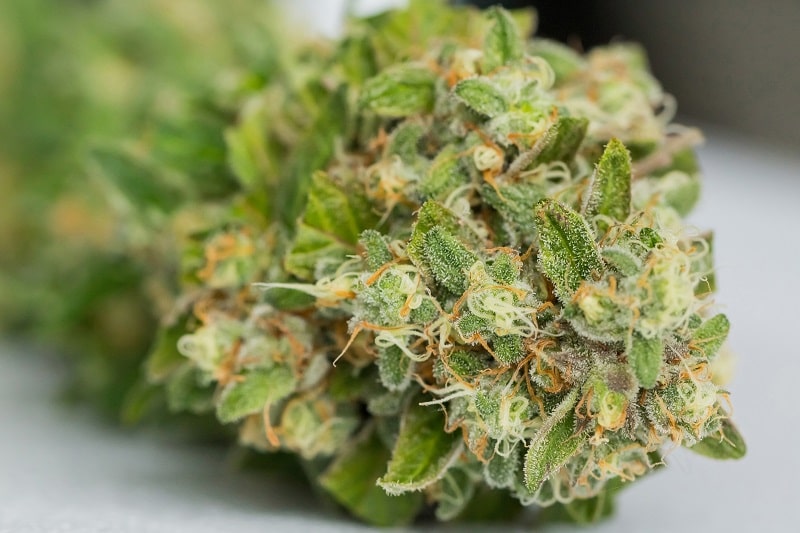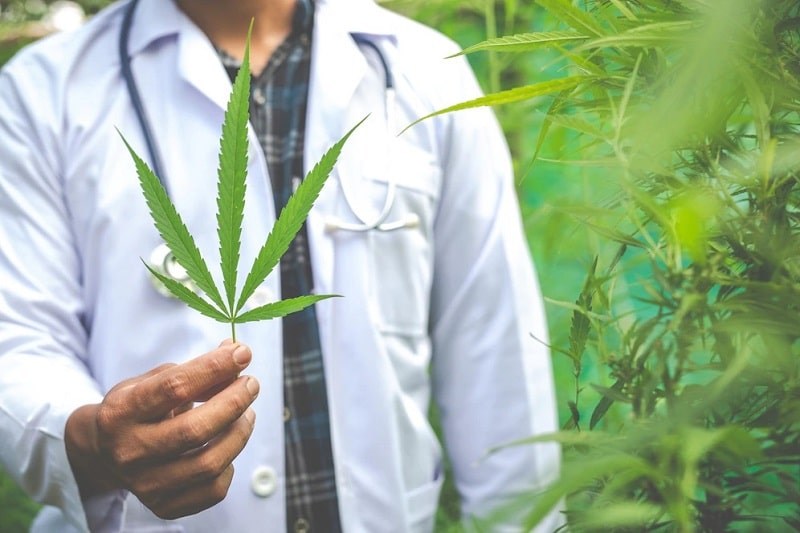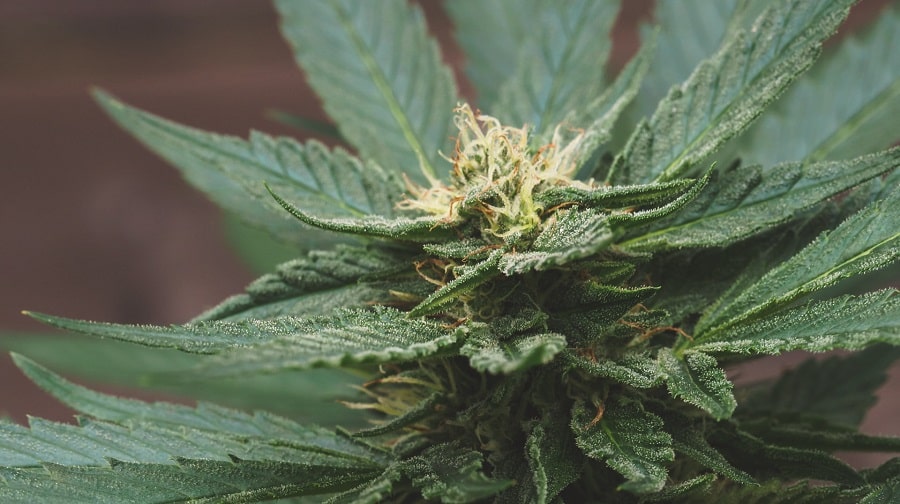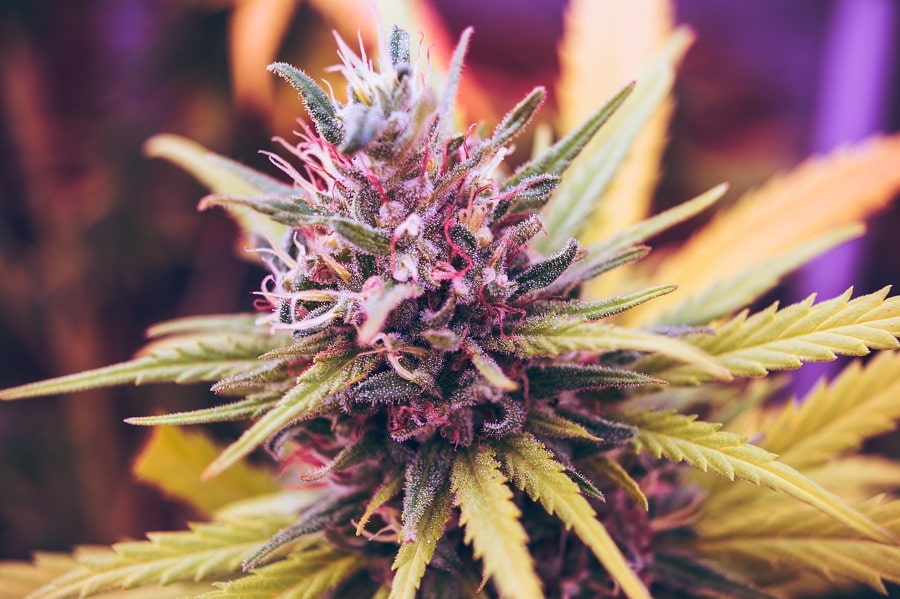If you’ve ever wondered about how and why cannabis or cannabis products like CBD oil cause certain effects in the body, it’s all because of the endocannabinoid system, or ECS. But what exactly is the endocannabinoid system and how does it work?
In this guide, we’ll cover all the basics you need to know about the ECS.
What Is the Endocannabinoid System?
Let’s begin with a brief look at what the endocannabinoid system actually is. In simple terms, the ECS is a biological system. It’s part of the human body and everyone has this system. It’s quite a complicated system in many ways, and experts are still trying to learn more about how it works and what it can do.
So far, research has shown that the ECS has a direct role in regulating various functions throughout the body, including a person’s sleep pattern, mood and emotions, levels of appetite, and even memory.
In addition, it’s worth noting that the ECS is always active, even in people who don’t use cannabis, as the body makes its own “endocannabinoids” that help to activate the ECS. So, even a person who never uses or consumes any cannabis products still has an active ECS that can affect things like their mood or hunger.

What Does the Endocannabinoid System Do?
The endocannabinoid system is quite complex, with a wide range of functions. We know some things about how it works, but it still holds certain mysteries, even to scientists.
So far, this system has been linked to all of the following functions and processes:
- Sleep Appetite and digestion
- Sensations of pain
- Inflammation and immune responses
- Metabolic rate
- Mood and emotions
- Ability to learn
- Ability to remember
- Motor controls
- Muscle growth
- General cardiovascular function
- Bone growth
- Liver function
- Reproductive function
- Fertility levels
- Levels of stress
- Nerve function
What Are the Components of the Endocannabinoid System?
We can break the endocannabinoid system ECS down into three main components: endocannabinoids, endocannabinoid receptors, and enzymes. Here’s a brief breakdown of each of these components and what they do.
- Endocannabinoids – Endocannabinoids, which are also sometimes known as endogenous cannabinoids, are molecules that the body makes. They’re a lot like the cannabinoids found in the cannabis plant, and there are different varieties, including anandamide, or AEA, and 2-arachidonoylglyerol, or 2-AG, for short. These molecules connect with receptors to trigger certain functions and processes.
- Endocannabinoid Receptors – The receptors, which can be known as cannabinoid receptors, are the parts of the ECS that receive the endocannabinoids and result in endocannabinoid signaling, triggering various processes in the body. There are two types of receptors, known as CB1 and CB2 receptors. CB1 is located mostly in the central nervous system and CB2 is in the peripheral nervous system.
- Enzymes – Last but not least, we have enzymes. The enzymes are responsible for breaking down endocannabinoids once they’ve bound to receptors and fulfilled their purpose. They work a lot like digestive enzymes in terms of how they break molecules down. There are two main varieties of enzymes: fatty acid hydrolase and monoacylglycerol lipase.

What Are Cannabinoid Receptors?
Cannabinoid receptors are simply components in the endocannabinoid system. As the name implies, a “receptor” is designed to receive something. In the case of cannabinoid receptors, they are designed to receive and bind with endocannabinoids, but can also bind with cannabinoids from the cannabis plant, which is how medical cannabis is able to produce certain effects in the body. Even a completely synthetic cannabinoid could, theoretically, bind with these receptors, too.
The Role of Receptors and Enzymes
Each part of the endocannabinoid system has its own part to play. The endocannabinoids are key in terms of triggering effects and starting processes, but they wouldn’t be able to work without the presence of receptors and enzymes, too.
- Receptors – The receptors play the part of receiving the cannabinoids and binding together with them. When this happens, the receptors can then send signals throughout the ECS all around the body, which could cause various physical or mental changes, like stress relief or an increase in appetite, for example.
- Enzymes – After a cannabinoid has bound to a receptor and fulfilled its purpose, it needs to be removed. Otherwise, the receptor would be blocked and couldn’t be used again. This is where the enzymes come in; they are produced and sent to the appropriate location to destroy the cannabinoid and free up the receptor.
How Does the ECS Interact With Phytocannabinoids?
Phytocannabinoids are naturally occurring chemical compounds found inside cannabis plants. Examples include THC and CBD. What’s interesting is that these cannabinoids are very similar in terms of their structure to the endocannabinoids produced inside the human body.
So, when we ingest or consume phytocannabinoids, they can interact with our ECS and trigger certain effects.
How Does THC Interact With the ECS?
THC, otherwise known as tetrahydrocannabinol, is one of the most famous phytocannabinoids. It’s known for being the part of cannabis that can make people feel euphoric or “high”. It works by connecting with CB1 and 2 receptors inside the body to trigger a range of effects on both the body and mind, like pain relief, appetite increases, and so on.

How Does CBD Interact With the ECS?
CBD, or cannabidiol, is another major cannabinoid. When it comes to the endocannabinoid system and CBD, it works differently from THC. It is believed that CBD doesn’t actually bind to the receptors.
Instead, it blocks the enzymes, preventing the endocannabinoids from being destroyed and allowing them to have a more potent effect. However, some scientists disagree with this idea and believe that CBD might bind with another receptor that hasn’t yet been identified.
Endocannabinoid Deficiency
It has been suggested by some researchers that there are people who suffer from a condition called endocannabinoid deficiency, also known as CECD. It is believed that this syndrome could be responsible for some people suffering from a range of issues like irritable bowl syndrome or migraines.
However, this subject is up for debate. If you worry about endocannabinoid deficiency or would like to learn more, the team at your local Los Angeles marijuana dispensary can help. Contact us today with your questions.



